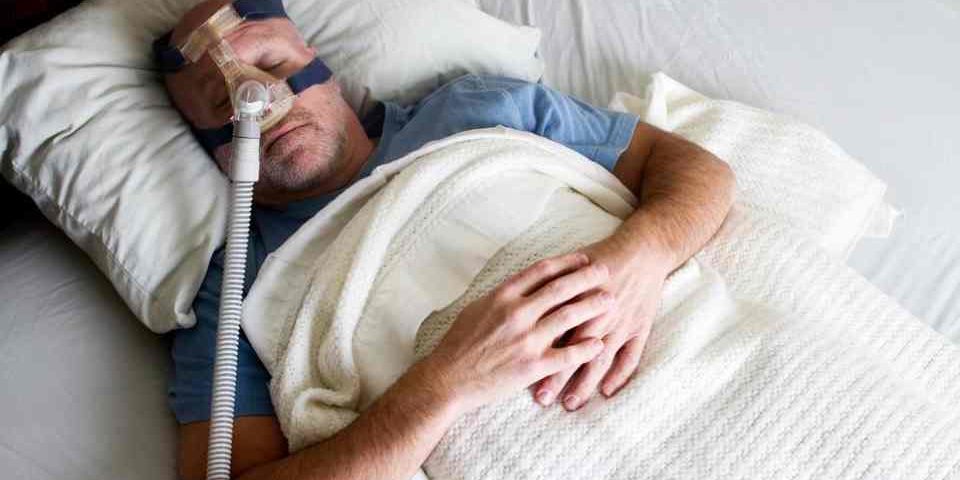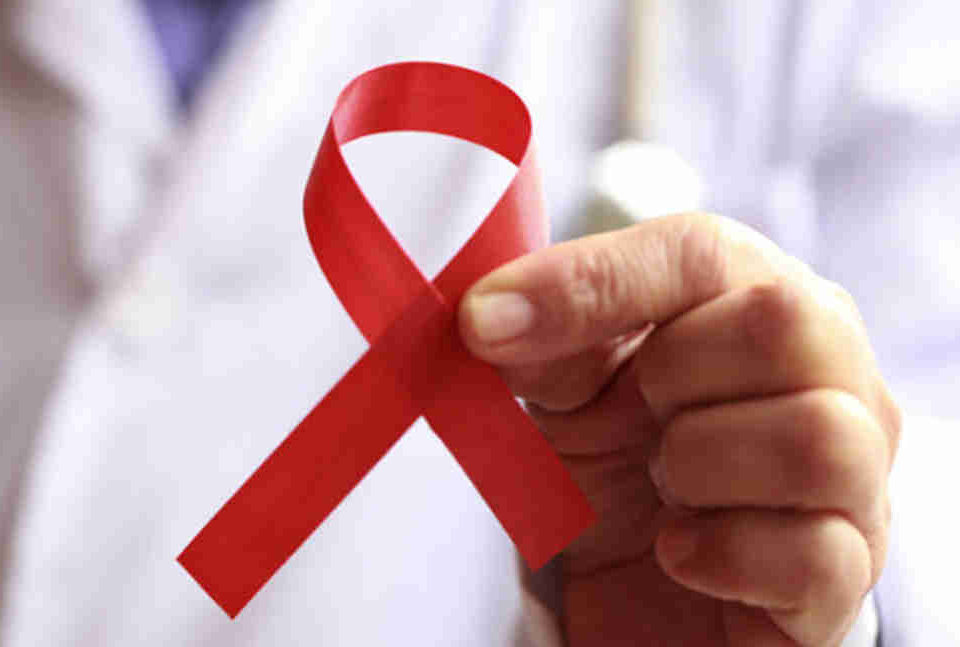- 如有疑问,请联系电邮
- customer@ihealth66.com
USNEWS:阻塞性睡眠呼吸暂停:处于危险中的你将何去何从?

名医:Dr. Vahid Afsharkharghan, MD(University of Texas MD Anderson Cancer Center)
2018年11月28日
约翰·霍普金斯医院(Johns Hopkins Hospital, Baltimore, MD)
2018年11月29日By Nancy Foldvary, D.O
WHAT DO SNORING, daytime sleepiness and mood changes have in common? They’re all signs of obstructive sleep apnea, or OSA – a common but grossly under-recognized sleep disorder.
What Is OSA?
OSA is a potentially serious sleep disorder that causes breathing to stop and start repeatedly, sometimes hundreds of times during the night. Normally, throat muscles hold the airway open, allowing you to breathe during sleep. During an apnea episode the airway collapses, causing the diaphragm and chest wall muscles to work harder to open it. Breathing usually resumes with a loud snore, gasp or body jerk, and you may wake up and feel a sensation of choking. These episodes can interfere with sound sleep and reduce the flow of oxygen to vital organs, contributing to daytime sleepiness, fatigue and depressed mood. But that’s not all.
According to a 2013 study from one of the nation’s largest sleep apneacohorts, 1 in 3 adults has OSA. This includes 10 to 17 percent of men and 3 to 9 percent of women ages 30 to 70 with moderate-to-severe disease, the range that contributes to chronic health conditions such as heart disease and stroke. As Baby Boomers age and the obesity epidemic worsens (obesity rates have doubled in the U.S. over the past 30 years, by the way), the number of OSA cases has risen substantially since the 1990s.
If that’s not enough, as many as 90 percent of people with OSA are in the dark – undiagnosed and unaware of the dangers that lurk at night, pun intended. Alarming statistics for a society that spends more than $60 billion annually on weight loss. The increase in OSA by 10 to 50 percent in just the last 15 to 20 years has far outpaced other chronic diseases like diabetes, arthritis and Alzheimer’s disease.
More Than Just Losing Sleep
In addition to causing drowsiness and fatigue, untreated OSA has an enormous impact on overall health. When breathing stops during sleep, involuntary reflexes cause you to startle awake, accelerating heart rate and increasing blood pressure. Lack of oxygen and chronic sleep deprivationcontribute to all sorts of health issues – from high blood pressure and heart disease to depression and stroke. For people with atrial fibrillation, OSA doubles the odds of recurrence. If you have heart failure, untreated OSA increases the risk of hospital admission.
Sleep apnea also raises the risk of car accidents, work-related injuries and accidents as well as impaired performance at school and work. The disorder can affect mood and productivity and interfere with the management of other conditions, like diabetes and even cancer – yes, you need sleep to fight disease. Finally, OSA is associated with sudden cardiac death, implicated in the deaths of several celebrities including Carrie Fisher, Football Hall of Fame legend Reggie White and Supreme Court Justice Antonin Scalia.
How to Know if You’re at Risk for Sleep Apnea
Not all people with OSA have symptoms, but most snore and feel tired, fatigued or sleepy during the day. Many have been told they stop breathing at night or snore, snort or gasp themselves awake. Sleep is chronically unrefreshing. People with OSA experience sweats, increased urination and unexplained awakenings at night and headaches, memory and concentration impairment and even sexual dysfunction during the day.
While most people think of men as being more at risk, after menopause women are just as likely to develop OSA. Because women less commonly snore and are more likely to experience fatigue, anxiety or depressed mood, the time to diagnosis is delayed, on average, by nearly a decade. The risk of OSA increases with age and is particularly prevalent in adults over 50.
But it’s not just for adults – 1 to 3 percent of children have OSA. While obesity increases the odds of OSA, enlarged tonsils and adenoids are the primary risk factor in kids. Unlike adults, learning problems and behavioral disturbances are among the most common symptoms of pediatric OSA. In fact, roughly 25 percent of children diagnosed with attention deficit hyperactivity disorder actually have OSA and their ADHD symptoms resolve with treatment.
If you’re fortunate enough to have a normal body mass index, don’t think you’re out of the woods. Regardless of age, obesity is not always the cause. Roughly 30 percent of OSA is inherited, and people with the familial form are usually not overweight.
A sleep study is required to confirm the diagnosis of OSA. Testing is done either in a sleep laboratory or at home depending on the number of risk factors and co-existing medical disorders. Home testing is preferred when the risk of OSA is high but significant medical problems absent.
What’s the Buzz?
Sleep often gets neglected by physicians in routine medical visits, and most people don’t think to discuss sleep problems with their doctors. However, early identification and treatment are key. And there is a bright side. Sleep apnea is very treatable and treatment can prevent health consequences – even the serious ones. An increasing number of therapies are available. Doctors may recommend lifestyle changes such as losing weight, avoiding alcohol or changing your sleeping position. When the condition is mild, options include a body pillow or positional device that helps promote sleeping on the side.
The gold standard treatment for moderate-to-severe sleep apnea is continuous positive airway pressure therapy. The first-line therapy for several decades, PAP is a safe, non-invasive and highly effective treatment for the disorder. But lack of tolerance and acceptance of PAP has left millions of Americans untreated for far too long.
Advances in mask types and pressure modes have salvaged PAP therapy for many. For those who cannot use PAP therapy, other options include oral appliances that advance the lower jaw forward and surgery of the upper airway. But that’s not all. The buzz in the world of sleep apnea is hypoglossal nerve stimulation, the newest surgical therapy for OSA. The small implantable device, named to Cleveland Clinic’s Top 10 Medical Innovations of 2018, stimulates the hypoglossal nerve that controls key upper airway muscles in sleep. Using a remote control, the Food and Drug Administration-approved technology acts like a pacemaker, synchronizing air intake with the action of the tongue using a breathing sensor and a stimulation lead powered by a small battery.
So, if you’re the 1 of 3 and still not diagnosed, I hope you’re motivated to act. Don’t deprive yourself of the one thing that restores and recovers every cell of your brain and body every night. Call your doctor or contact a sleep disorders center. Here’s to a good night’s sleep!
Sweet dreams.





